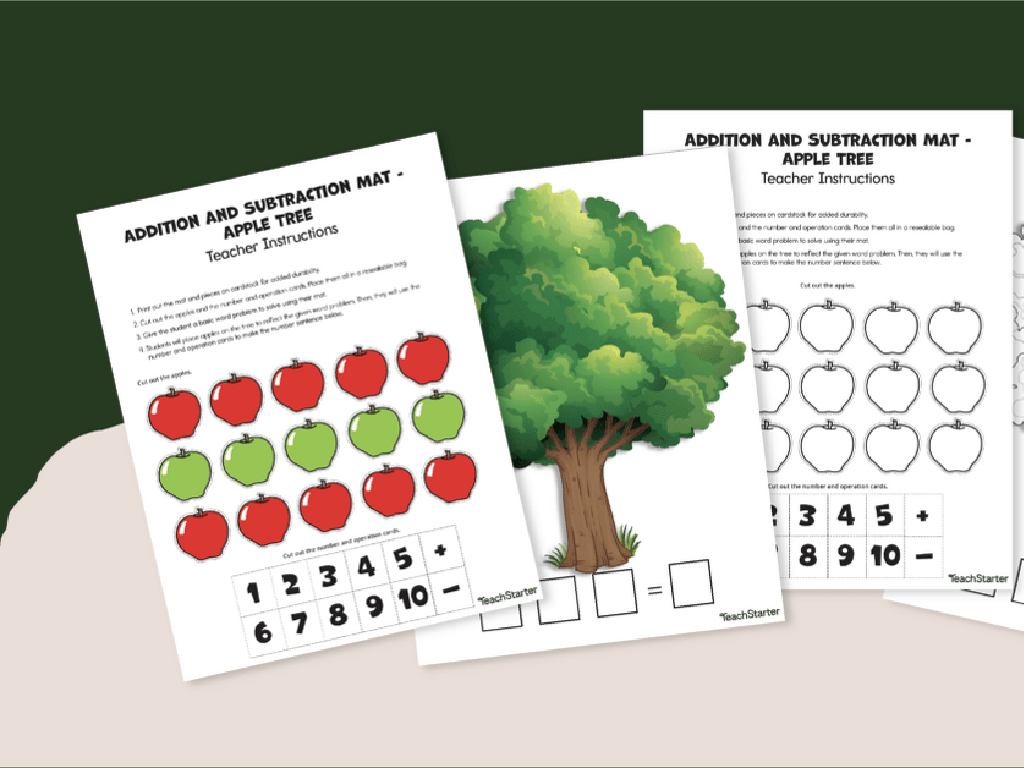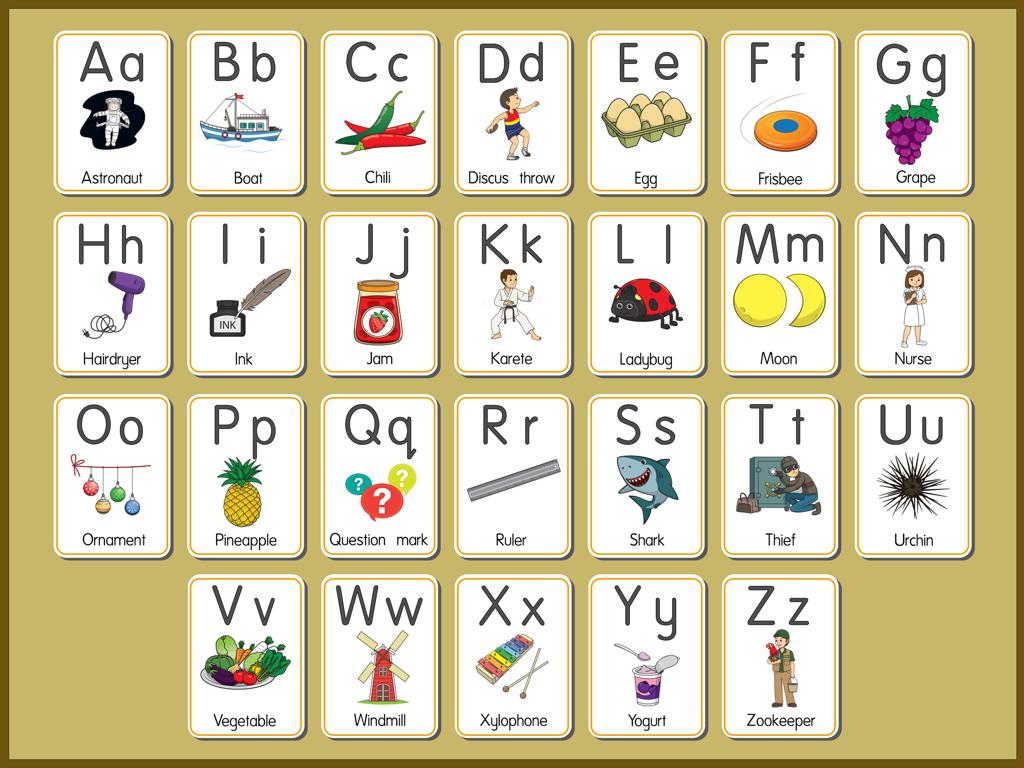Identify And Correct Inappropriate Shifts In Verb Tense
Subject: Language arts
Grade: Seventh grade
Topic: Verb Tense And Mood
Please LOG IN to download the presentation. Access is available to registered users only.
View More Content
Mastering Verb Tense and Mood
– Grasping verb tense basics
– Verb tense tells us when an action happens
– Exploring verb mood
– Mood expresses the speaker’s attitude
– Today’s goal: Fix tense shifts
– Inconsistent tense use can confuse readers
– Practice with examples
– We’ll correct sentences that shift tenses wrongly
|
This slide introduces the concepts of verb tense and mood, setting the stage for today’s lesson on maintaining consistent verb tense. Begin by explaining that verb tense indicates the time of action or state of being. Highlight the importance of using the correct tense to ensure clarity in writing. Introduce verb mood as a way to express the speaker’s attitude toward the action or state. Emphasize that inappropriate shifts in verb tense can lead to confusion and weaken writing. Use examples to illustrate how to identify and correct these shifts. Encourage students to think critically about verb tense in sentences and provide them with practice exercises to apply what they’ve learned.
Understanding Verb Tenses
– Verb tense indicates action timing
– Three main tenses: Past, Present, Future
– Four aspects of each main tense
– Simple, Progressive, Perfect, Perfect Progressive
– Importance of consistent tense
– Avoids confusion by maintaining the same tense
|
This slide introduces the concept of verb tense, which is crucial for students to understand the timing of actions within sentences. Verb tenses are categorized into three main groups: past, present, and future, each with four aspects to express various times and levels of completeness. The aspects are simple (I walk), progressive (I am walking), perfect (I have walked), and perfect progressive (I have been walking). Emphasize the importance of using the correct tense to maintain clarity in writing. Inconsistent tenses can confuse readers and disrupt the flow of the text. Provide examples of sentences with appropriate and inappropriate tense usage, and explain how to correct them. Encourage students to practice identifying and correcting tense shifts in their writing.
Exploring Verb Moods
– Understanding speaker’s attitude
– Indicative Mood: states facts or questions
– It’s used for stating facts, e.g., ‘The sky is blue.’ or asking questions, e.g., ‘Is the sky blue?’
– Imperative Mood: gives commands
– Used for commands or requests, e.g., ‘Please close the door.’
– Subjunctive Mood: wishes or hypotheticals
– Used for hypotheticals, e.g., ‘If I were a bird, I could fly.’
|
This slide introduces students to the concept of verb moods, which reflect the speaker’s attitude towards the action of the verb. The indicative mood is used for stating facts or asking questions. The imperative mood is for giving commands or making requests. The subjunctive mood is used to express wishes, suggestions, or conditions that are not true. It’s important to provide clear examples for each mood to help students understand the differences. Encourage students to create their own sentences to practice identifying and using the different verb moods.
Identifying Verb Tense Shifts
– What is a verb tense shift?
– An inconsistent time frame within a sentence or paragraph.
– Incorrect shift example
– ‘She eats her lunch and went back to work.’
– Correct tense usage
– ‘She ate her lunch and went back to work.’
– Consistency is key
|
This slide aims to teach students how to identify and correct inappropriate shifts in verb tense. A verb tense shift occurs when verbs within a sentence or paragraph do not maintain the same time frame, leading to confusion. For example, ‘She eats her lunch and went back to work.’ incorrectly mixes present and past tense. The correct version should maintain the past tense throughout: ‘She ate her lunch and went back to work.’ Emphasize the importance of consistency in verb tense to convey a clear and coherent timeline of events. Encourage students to practice by rewriting sentences with verb tense shifts and to proofread their work for consistency in tense usage.
The Importance of Verb Tense Consistency
– Ensures clarity in writing
– Consistent verb tenses keep writing understandable and coherent.
– Clarifies sequence of events
– Using the correct tenses helps indicate the order in which events happen.
– Avoids confusion on timing
– Inconsistent tenses can make it unclear whether actions are in the past, present, or future.
– Supports reader comprehension
– Readers rely on tense cues to fully grasp the narrative or argument.
|
This slide emphasizes the significance of maintaining verb tense consistency in writing. It’s crucial for students to understand that verb tenses serve as time markers in language and that mixing tenses can lead to ambiguity and misunderstanding. Teach students to recognize and correct inappropriate shifts in verb tense to improve their writing skills. Provide examples of sentences with inconsistent tenses and have students correct them. Discuss how maintaining the same tense can help the reader follow along with the timeline of events. Encourage students to think about the ‘when’ of actions as they write and revise their work.
Correcting Inappropriate Verb Tense Shifts
– Identify the main verb tense
– Determine the tense used in the main part of the sentence
– Check verbs match the main tense
– All verbs should align with the main tense, unless indicating a change in time
– Revise for consistent tense
– Rewrite sentences with tense mismatches to be consistent
– Understand logical time shifts
– Time shifts can be logical for flashbacks or future references
|
This slide aims to teach students how to maintain a consistent verb tense throughout a sentence, which is crucial for clarity in writing. Start by identifying the tense of the main verb in a sentence, which sets the tone for the rest of the sentence. Students should learn to recognize and correct verbs that do not match this tense, unless a shift in time is clearly indicated and necessary for the meaning of the sentence. Provide examples of sentences with inappropriate tense shifts and guide students through the process of revising them. Also, discuss scenarios where tense shifts are acceptable, such as when signaling a change in the timeline of events. Encourage practice with exercises that include both appropriate and inappropriate shifts in verb tense.
Practice: Correcting Verb Tense Shifts
– ‘He runs to the store and bought milk.’
– Corrected: ‘He ran to the store and bought milk.’
– ‘They were waiting for the bus when it suddenly appears.’
– Corrected: ‘They were waiting for the bus when it suddenly appeared.’
– ‘She is planning her vacation and reserved a hotel room.’
– Corrected: ‘She is planning her vacation and reserves a hotel room.’
– Discuss corrections as a class
|
This slide is aimed at providing students with practice examples to identify and correct inappropriate shifts in verb tense. Each sentence contains a common error where the verb tenses do not remain consistent. Students should be able to recognize the incorrect verb tense and correct it to match the tense used throughout the sentence. After attempting to correct the sentences on their own, discuss the corrections as a class to ensure understanding. Encourage students to explain why the original verb tense was incorrect and how the meaning of the sentence changes with the correction. This exercise will help reinforce their understanding of maintaining consistent verb tense in writing.
Class Activity: Verb Tense Detective
– Pair up and review a paragraph
– Detect incorrect verb tense shifts
– Find verbs that don t match the paragraph’s tense
– Discuss corrections and reasons
– Explain why the original tense was wrong
– Share findings with the class
– Each pair presents their corrected sentences
|
This activity is designed to enhance students’ understanding of verb tense consistency within a paragraph. Provide each pair with a paragraph that contains several inappropriate shifts in verb tense. Students will work together to identify these shifts and correct them. They should discuss why the shifts were incorrect, considering the context and time frame of the events described. After making corrections, students will explain how their changes improve the readability and coherence of the paragraph. Conclude the activity with each pair sharing their corrected paragraph and explanations with the class. This collaborative exercise not only reinforces the rules of verb tense but also promotes critical thinking and peer learning.
Maintaining Verb Tense Consistency: Conclusion & Homework
– Recap: Importance of tense consistency
– Homework: Write a consistent tense story
– Create a narrative maintaining the same verb tense
– Focus on verb tense throughout
– Check if verbs in your story don’t shift tenses unexpectedly
– Share your story in the next class
|
As we conclude today’s lesson, it’s crucial to emphasize the importance of maintaining verb tense consistency in writing. This ensures clarity and coherence in storytelling. For homework, students are tasked with writing a short story, paying special attention to keeping the verb tense consistent. Encourage them to plan their story outline first, deciding on the tense they will use. Remind them to proofread their work to check for any accidental shifts in tense. In the next class, students will have the opportunity to share their stories, allowing them to demonstrate their understanding and to learn from each other’s creative narratives.





